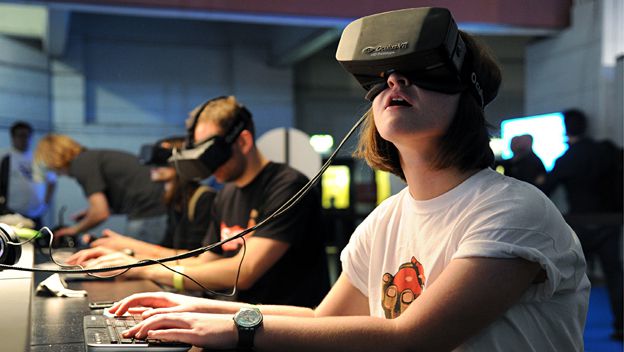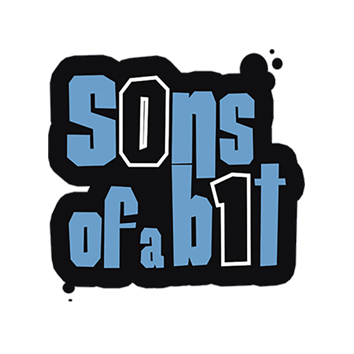Hello, reading friends!
In the previous post, we talked about the video game development events called “jams” so you can learn a little bit more about how they work and how valuable they might be as a great experience for developers.
In today’s article, we want to deepen a little bit in a technology which started slowly, but today it’s very present in our lives. A technology which we’ve already worked with for third-parties and we don’t exclude using it again for future developments. An example of that is the app AARLens, which we told you about in this blog, since we will include this feature in the near future.
We’re referring to Virtual Reality (VR), Augmented Reality (AR) and Mixed Reality (MR).

In order to talk about them, first of all we must explain what their differences are.
Virtual Reality
Maybe, the technology you know best is VR. With this technology, the real world turns into a virtual one thanks to a gadget (glasses). Oculus Rift, HTC Vive y Playstation VR are clear examples although, nowadays, there are a lot of companies that has launched their VR gadgets, such as Samsung, Woxter, LG…
Augmented Reality
With regard to AR, it consists of the superposition of virtual elements in reality. For this, a device is required to display and reproduce these elements. The best-known example is Pokemon GO, which can run on almost every smart phone minimally powerful. It’s a clear evidence of how easy it is to have access to this technology in any place.
Mixed Reality
Third, let’s talk about the most confusing concept, MR, which results from combining VR and AR, making it possible to create spaces where people, physical objects and virtual elements interact with each other. A great example to understand what it is about is Minecraft for Hololens.
Once that VR, AR and MR features and differences have been defined, we can talk about their possibilities and applications. The truth is that their use is continually expanding, not only regarding video games, but also medicine, literature, teaching…
For example, it’s possible to carry out surgical operations by using VR and it’s a wonderful way to train new surgeons through practical classes so they can face future real situations. In this field (and in many others), it’s possible to have students who are really prepared, since the situations they have experienced with this technology are quite similar to those they will face in their professional career.
If you’ve watched the videos, you already have an idea of everything AR/VR/MR have to offer and what kind of innovations they can bring in the future in almost every field.
Of course, we can’t end this post without talking about what we’re interested in most, video games and immersive experiences.
We’ve already said that several companies have launched glasses with different performance capacities capable of displaying AR, VR or MR. One of the latest companies which have decided to join this fight is Apple with its new technology: ARKit. This tool, which is already available for developers, has blurred distinctions between AR and MR and has lifted passions in the community, being named as the next evolutive step forward regarding Augmented Reality. The best thing about ARKit is that you don’t have to wear glasses to display it, as we can see in the following video.
In response to ARKit, Google has adapted a technology which was only available for their phones Tango to some of the most recent Android devices in order to create ARCore, whose possibilities are quite similar to ARKit’s.
The experiences you can live with these technologies are almost unlimited. At Sons of a Bit, we’ve been carrying out projects for third parties focused on AR, MR and VR for years. Who knows? We may announce that one of our own projects will make use of these technologies in the future.
We hope the post is illustrative for you to understand how these immersive tools can make our lives better and help us define the future of mankind.
See you soon!


